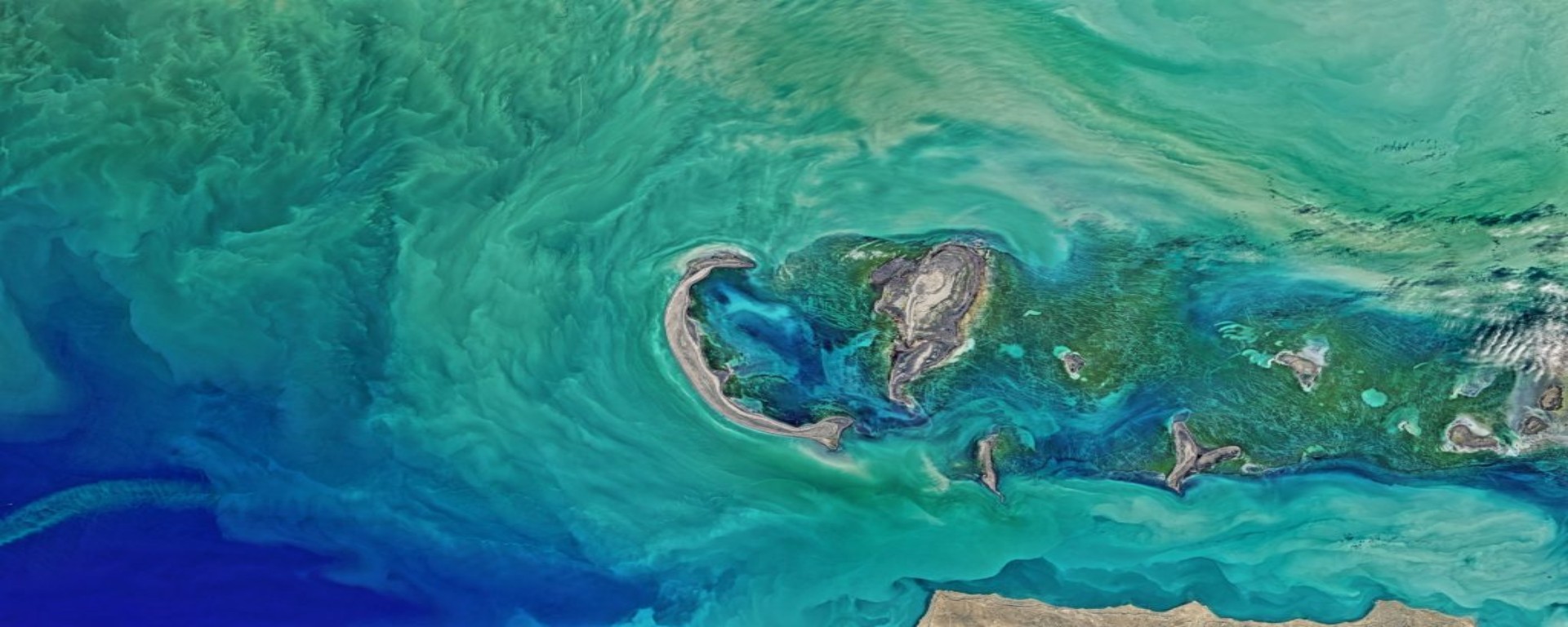
PrimeWater
Challenge
Our freshwater resources are limited and face increasing pressures from climate variability, pollution, population growth, and competition from many uses. As water management operations are growing in importance and complexity, challenges regarding regulatory compliance, risk management, cost optimization and sustainability of water services foster the need and demand for application of innovative water resources management solutions.
Potential quality threats in freshwater systems are primarily related to eutrophication. Freshwater harmful algae blooms (HAB), resulting from such nutrient overload, can have a broad range of negative impacts on humans, animals and aquatic ecosystems. Many cyanobacteria can produce neurotoxic, hepatotoxic or other bioactive compounds, posing a threat if they occur in drinking water sources. For example, numerous events have prevented the use of prevalent freshwater for drinking in the US due to cyanotoxins breaching the drinking water supply. Adverse ecosystem impacts stemming from high biomass blooms of cyanobacteria and other freshwater HABs, killing fish and bottom dwelling organisms. The death hundreds of thousands of native fish in January 2019 in the Darling River in Australia were a recent reminder of these adverse impacts of deteriorated water quality on aquatic ecosystems.
For water management, adaptive planning is critical for proactively determining and mitigating water hazards since adapting to risks in a planned manner is far more efficient than reacting to a major system failure. At the same time, improved environmental performance is sought while lowering cost. In order to inform complex operational and business decisions, increased situational intelligence extending in space and time is needed. Space technology can be a catalyst to promote and support technology innovation to protect and ensure the sustainability of our water resources by sustaining an environmental information and intelligent services value chain.
Approach
Advances in Earth Observation (EO) can be a catalyst to promote and support technology innovation in Integrated Water Resources Management (IWRM), disaster resilience, and monitoring the effectiveness of implemented coping strategies.
In particular for inland waters, EO products and applications range from catchment characterization and evapotranspiration estimation to water quality characteristics of surface water bodies, such as water temperature, chlorophyll-a, total suspended matter, turbidity and dissolved organic matter. While in situ data provide point sample information for the water body status, EO can act complementary by providing surface measurements of large area coverage with a continuously increasing spatial and temporal coverage enabled by the recent developments in the availability of satellite platforms for EOs (including ESA’s Copernicus Programme). Ultimately, these data can yield new insights into the temporal and phenological changes in eutrophication and bloom events, provide early warning of the presence of harmful algal blooms, and characterise the flux and impact of sediment within the catchment.
As space-borne, airborne and in situ optical sensors become increasingly available and appropriate for aquatic ecosystem monitoring and assessment, the science-based applications will need to be further developed to an operational level. PrimeWater is aiming to build this bridge between science and practice, by translating latest innovations in actionable water information services.
Impact
PrimeWater is a Horizon2020 funded research project that generates information on the effects of upstream changes on future water quality and quantity. Building on advanced Earth-Observation data products, integration with additional data sources and diagnostic modelling tools, public and private sector decisions for water resources management are provided with better and actionable information.
The services produced will provide:
· increased situational intelligence
· enhanced predictive and early warning capabilities
· adaptive management of water resources
PrimeWater’s service line will be operationalized and tested in four international show cases for multiple downstream water services and operations.
PrimeWater is designed to impact (a) research in the fields of EOs, and hydrological and ecological modelling, (b) innovation in the water sector and the downstream sector of the European space market, (c) specific societal and environmental challenges, and (d) policy implementation.


